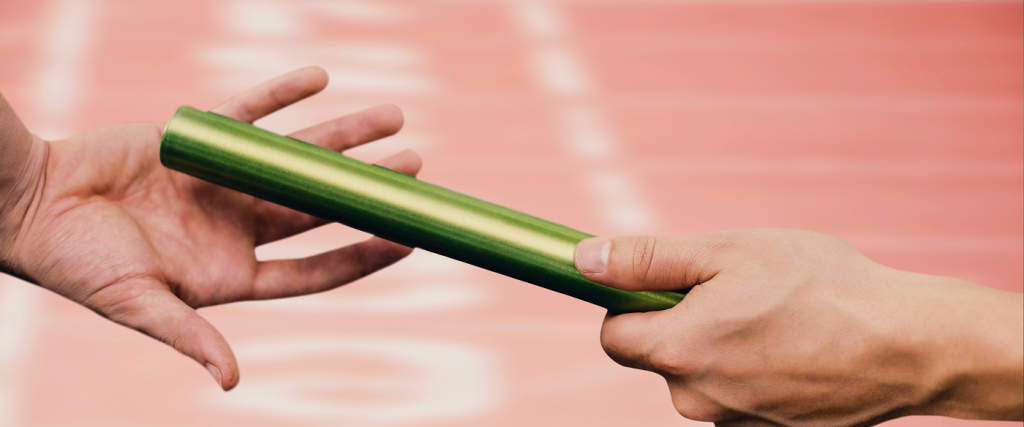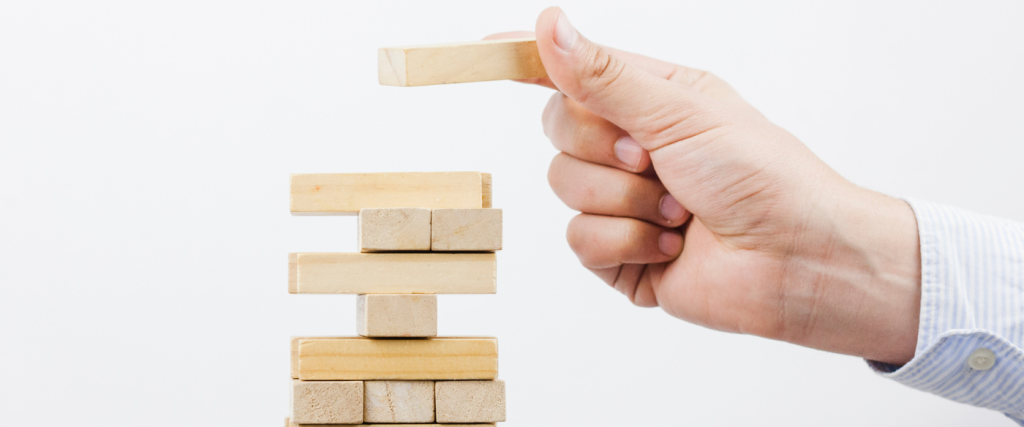The truth is that functionality and aesthetics are equally crucial to UI/UX design. A good aesthetics will provide a great experience and make users trust your business. On the other hand, a functional design makes it easier for users to engage and take actions such as registration or purchase. This article shows how the two can complement each other!
Aesthetics VS Functionality in UI/UX Design
A UI/UX design’s functionality is an essential factor, but its aesthetics cannot be ignored either. You must consider it if you’re building a new site or app. Users may quickly turn away from your website or app without a well-designed layout.
A powerful aesthetic can hide a lack of functionality. But, neglecting aesthetics is equivalent to neglecting user experience and neglecting the functionality will cause users to abandon your app quickly. Therefore, it would be best if you struck a balance between design and functionality because neglecting any of them is a bad idea. It’s about making a website or app usable, accessible, and memorable. Designing for UI/UI that prioritizes aesthetics and functionality is called functional beauty.
Define Functional Beauty for UI/UX Design
Designers must understand that functional beauty is the key to designing great user experiences. It’s not related to drawing skills or artistic things, as it relies on design thinking, not design making. This UX Magazine diagram shows what components can form functional beauty for UI/UX design.
Functional beauty should start with usability and be refined by considering the following elements.
1. Usability
Have you ever used conventional banking applications such as m-banking? Although most of them have unattractive and outdated interfaces, they never have serious usability issues. Hence, users continue to rely on banking apps even though the UI/UX is very unflattering.
User goals are consistently met through flawless functionality and error-free interactions. If the product malfunctions, it will affect user productivity and lead to frustrating disconnections.
2. Ingenuity
Before beautifying UI/UX design interactions, think about ingenuity first because it can lead to interesting interactions. Ingenuity in design can engage users more profoundly: curiosity gives more positive emotions and creates new touchpoints that resonate with specific user needs.
3. Personality
Your app may look great and pass all the usability tests, but it doesn’t mean that users will feel connected. An effective way to make that connection is to add personality.
Without personality, a beautiful UI/UX design can hardly have the emotional power to connect with the underlying story. The best way to connect a product with the right personality is to look at what users want through user research and testing.
4. Aesthetics
Attractive UI/UX design greatly enhances the value of the product. However, keep in mind that visual appeal alone is not enough. A beautiful interface doesn’t always have to be full of decorations and colors. Instead, it can become straightforward when the designer understands the user’s needs. Focusing on the dominant human activity makes for a well-designed website with an aesthetic interface. Great use of white space and typography creates an interesting visual hierarchy.
A functional and aesthetic UI/UX is always better!
Visual appeal alone does not guarantee long-term user commitment. UI/UX designers must understand user needs to design attractive interfaces so that users stay engaged. Therefore, functional and aesthetic factors are two essential things. The functional design ensures your utility and usability are met. The aesthetic design ensures that users desire products and that they have a great brand experience.
So, before you get too excited about designing the perfect visual, think about it: do users already find your UI/UX design useful? With Nice to Meet You Studio you can get the whole team to design your website or apps. Delivering design in a simple way and making your users happy 😉


